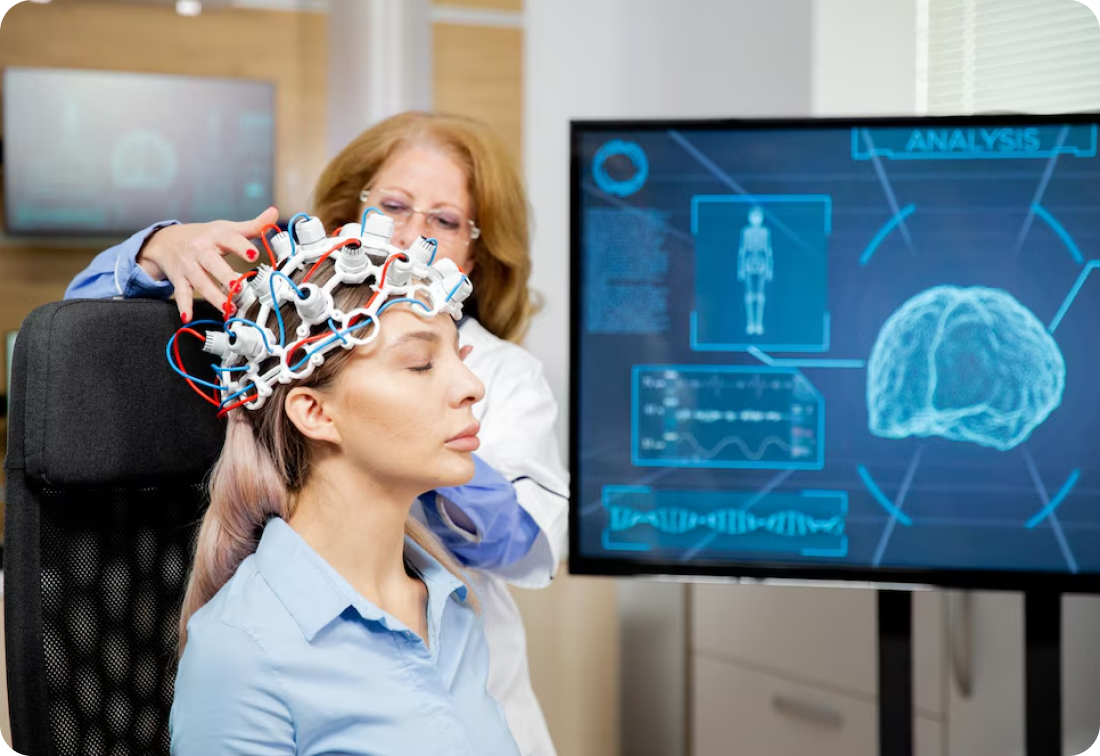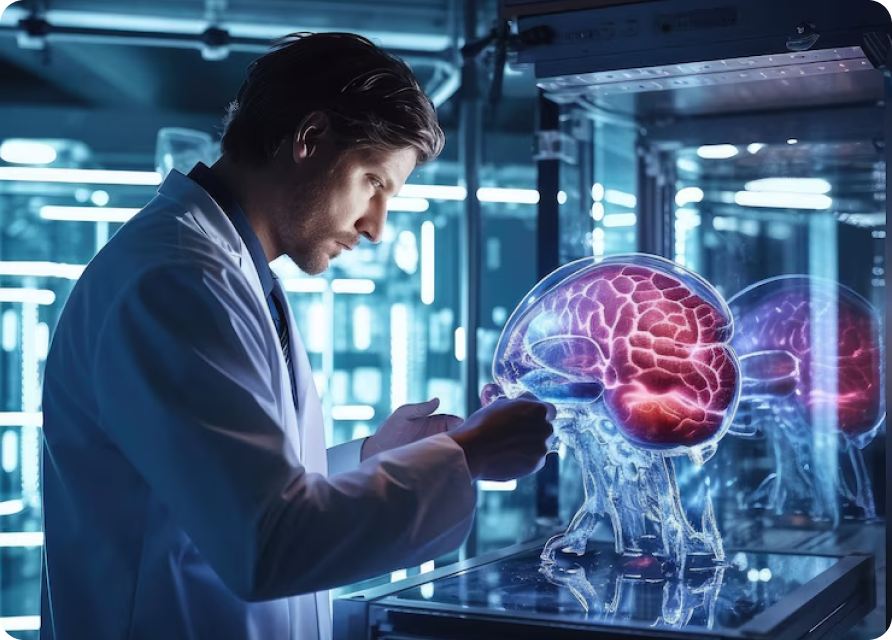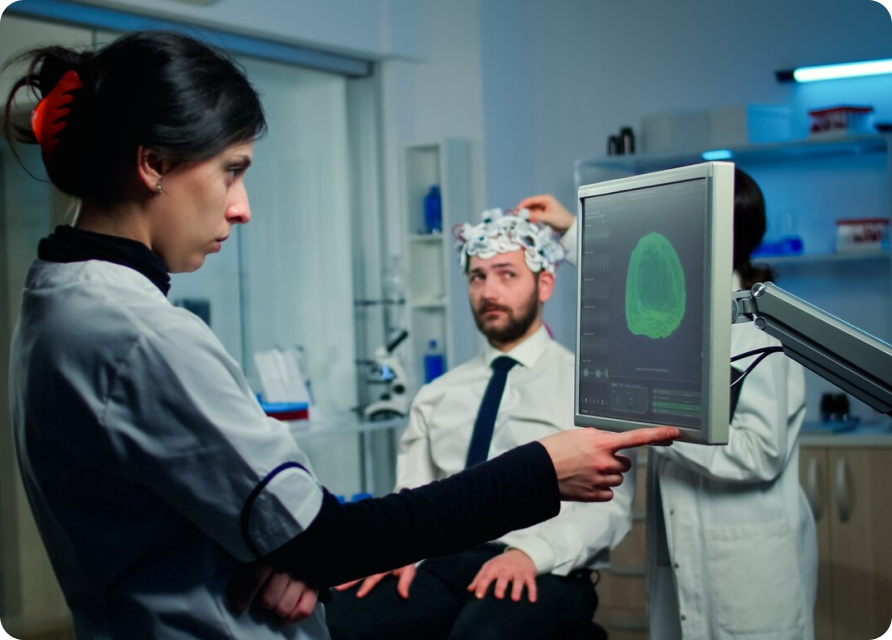Grants And Projects

Advancing Standardization of Neurophysiology Data Through Dissemination of NWB
The National Institute of Health, through project 5U24NS120057, funded Oliver Rübel (Lawrence Berkeley National Laboratory) and Benjamin Dichter (CatalystNeuro) to disseminate Neurodata Without Borders (NWB) neurophysiology technologies developed as part of the NIH BRAIN Initiative broadly to the neuroscience research community. To lower the barrier of adopting NWB, the project focuses on the needs of 1) neuroscience researchers and laboratories by enhancing user training, support, and coverage of new technologies and 2) neuroscience tools and technologies by maintaining core NWB technologies and integrating with a wide array of powerful data tools and technologies.

Kavli Sponsored Projects
Kavli Sponsored Projects
The Kavli Foundation has provided seed grants to aid labs in standardizing their experimental data using the NWB data format. Funds were used to support the building and sharing of data or software in the NWB ecosystem. We are no longer accepting applications for 2022 and 2023.
Recent seed grant awardees include:
Past Projects

NWB: A Data Standard and Software Ecosystem for Neurophysiology
The National Institutes of Health, through project 1R24MH116922, funded Oliver Rübel (Lawrence Berkeley National Laboratory) and Lydia Ng (Allen Institute for Brain Science) to continue development of the NWB data format and software ecosystem to enable standardization, sharing, and reuse of neurophysiology data and analyses, enhancing discovery and reproducibility. This funding is part of the NIH’s BRAIN Initiative support to develop standards.(September 2018-May 2020). For updates on this project see our Progress Reports page.

Enabling Shared Analysis and Processing of Large Neurophysiology Data
The National Institutes of Health, through project 1R44MH115731, funded William Schroeder (Kitware, Inc.) to create software tools to browse, process, analyze, and visualize NWB data. This funding is part of the NIH’s BRAIN Initiative Small Business Innovation Research (SBIR) grant program. (July 2017-June 2020).

High Performance Computing Project at the Lawerence Berkeley National Laboratory
The Kavli Foundation provided support (2016-2018) to Kristofer Bouchard at the Lawrence Berkeley National Lab for the continued development of the NWB 2.0 data format by creating a modern software architecture and high-performance computing (HPC) enabled data analysis tools utilizing NWB formatted data.
The Berkeley Lab team also included Oliver Rübel and Andrew Tritt.
NWB Community Liason
The Kavli Foundation is providing support (2019-present) to Oliver Rübel at the Lawrence Berkeley National Lab to support community engagement, outreach and software development. This program is currently supporting Benjamin Dichter as a community liaison for NWB.

Simons Foundation Sponsors Development of MatNWB
The Simons Foundation funds projects (Aug.2017 – present) to develop and expand the NWB2.0 Matlab API MatNWB to allow for adoption by a larger portion of the neuroscience community.
